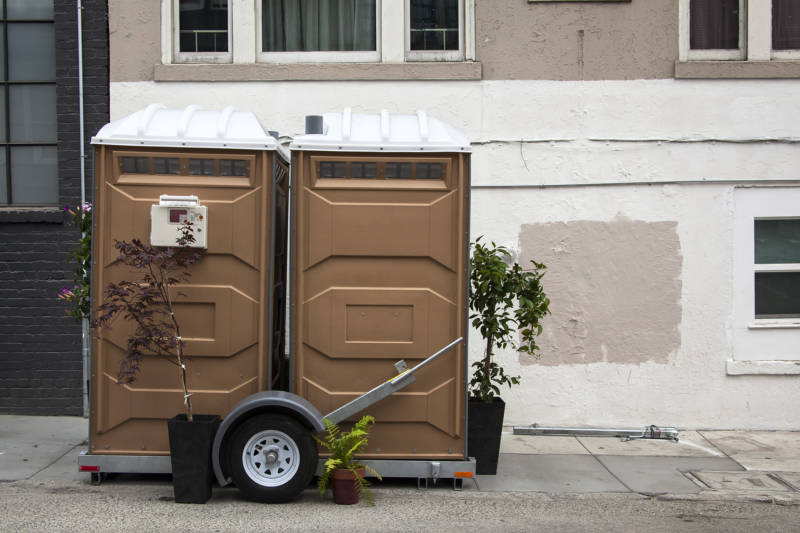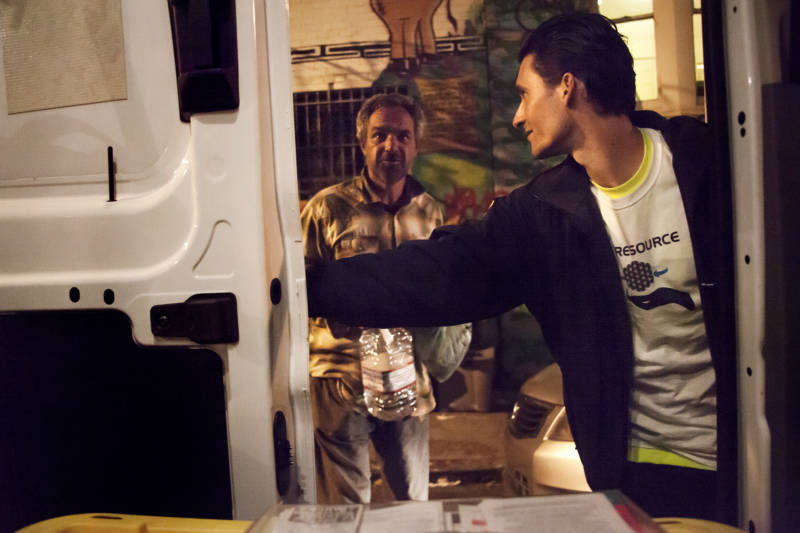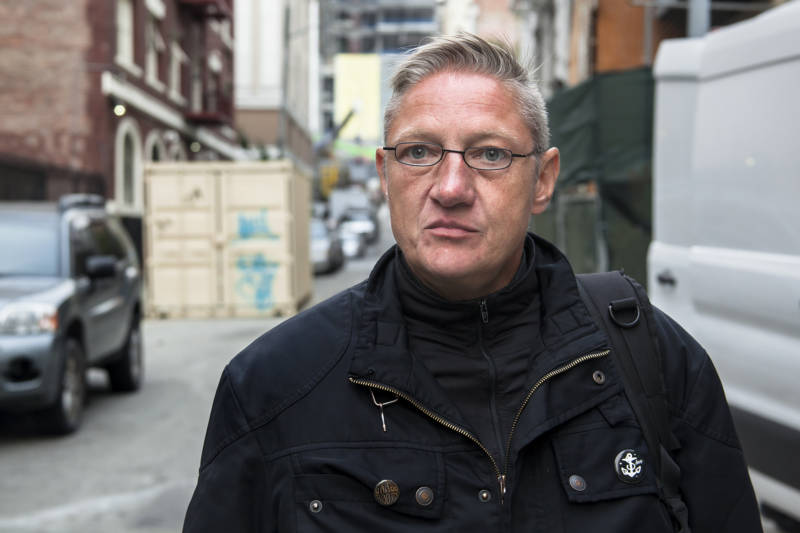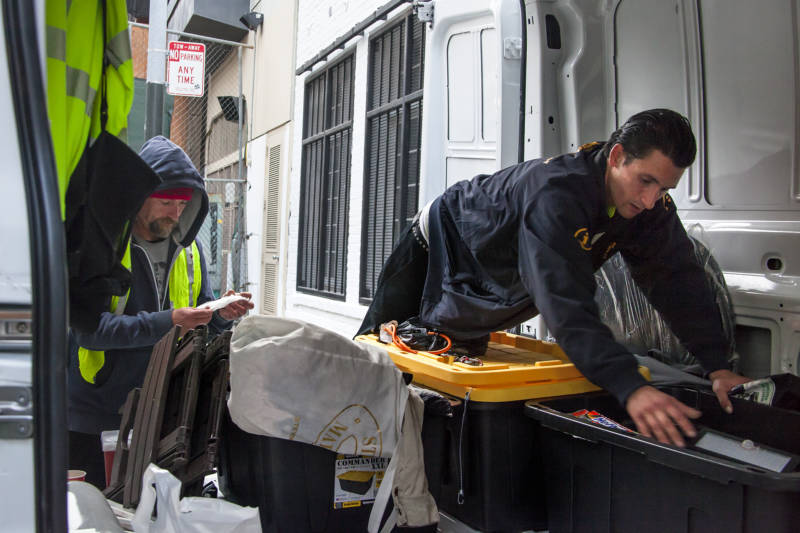Two portable bathrooms stand surrounded by flower pots and a white picket fence in one of the dirty and run-down alleys in San Francisco’s Tenderloin neighborhood. A large van decorated with LED lights is parked nearby, stocked with clothes, home-cooked food and hot coffee.
This is the mobile City Resource Relief Center. Seven days a week it moves through the side streets in the Lower Polk section of the Tenderloin, assisting the homeless that live here, often because it’s close to services. Starting last week, the center evolved from being just a nocturnal operation to one that provides 24/7 access to a clean and safe public restroom — a basic need that has been hard to satisfy in this neighborhood.
“The Lower Polk Community Benefit District was looking for a way to be proactive about cleaning up the alleys from human waste,” says Christian Martin, the district’s executive director, who agreed to partly fund the project. “We decided to deploy this pilot program, and since its launch there has been a documented 40-50 uses of the bathrooms each night, creating a dramatic reduction of human waste in the area.”
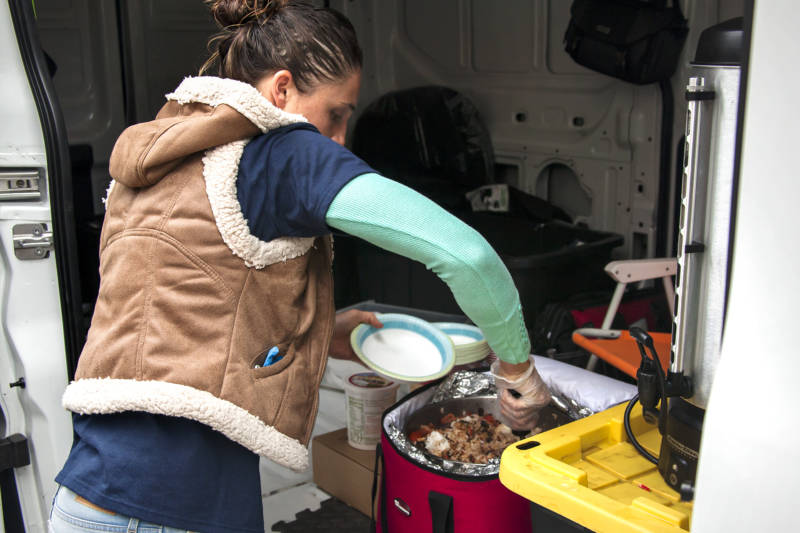
The idea for the mobile center came from local residents David Hato and Ashley Blair Thomas, who both have experience with homeless outreach. They approached Martin with their plan to find a different way to tackle one aspect of the homeless problem in the city, and are funding the majority of the project out of their own pockets.
“I am trying to promote human dignity by ensuring human decency,” says Hato. “It is amazing how thankful these people are just to have a clean place to go the bathroom.”
